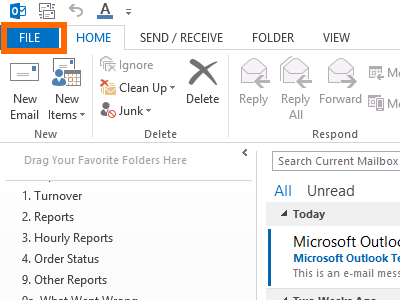


Extension pointsĮxtension points are the ways that add-ins integrate with Outlook.

If you plan to publish your add-in to AppSource and make it available within the Office experience, make sure that you conform to the Commercial marketplace certification policies. For example, to pass validation, your add-in must work across all platforms that support the methods that you define (for more information, see section 1120.3 and the Office Add-in application and availability page). Each Outlook add-in defines the context in which it is available, including the types of items and if the user is reading or composing an item. The Outlook items that support add-ins include email messages, meeting requests, responses and cancellations, and appointments. The web components all run in the context of a browser in a sandbox. For an Outlook add-in, Outlook reads the manifest and hooks up the specified controls in the UI, and then loads the JavaScript and HTML.
Where is icloud outlook add in code#
Unlike COM add-ins, Outlook add-ins don't have any code physically installed on the user's device or Outlook client. Outlook add-ins are different from COM or VSTO add-ins, which are older integrations specific to Outlook running on Windows. Outlook add-ins can be acquired from AppSource or sideloaded by end-users or administrators.Outlook add-ins consist of a manifest, which describes how the add-in integrates into Outlook (for example, a button or a task pane), and JavaScript/HTML code, which makes up the UI and business logic of the add-in.
Where is icloud outlook add in windows#
The same add-in and business logic works across desktop (Outlook on Windows and Mac), web (Microsoft 365 and ), and mobile.Outlook add-ins are integrations built by third parties into Outlook by using our web-based platform.


 0 kommentar(er)
0 kommentar(er)
